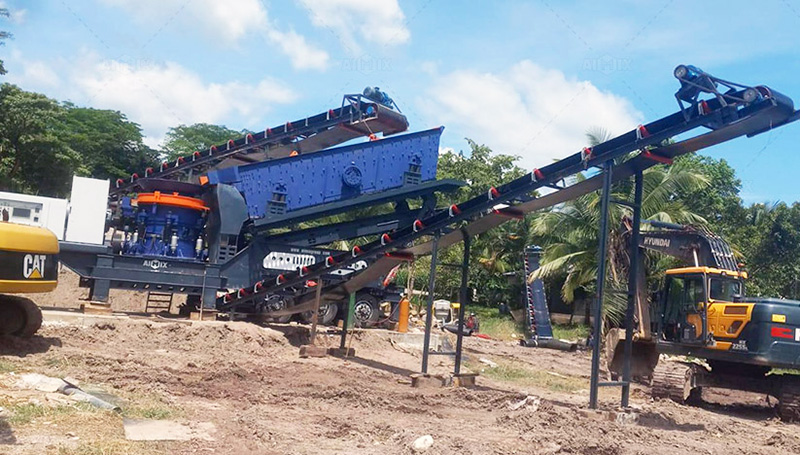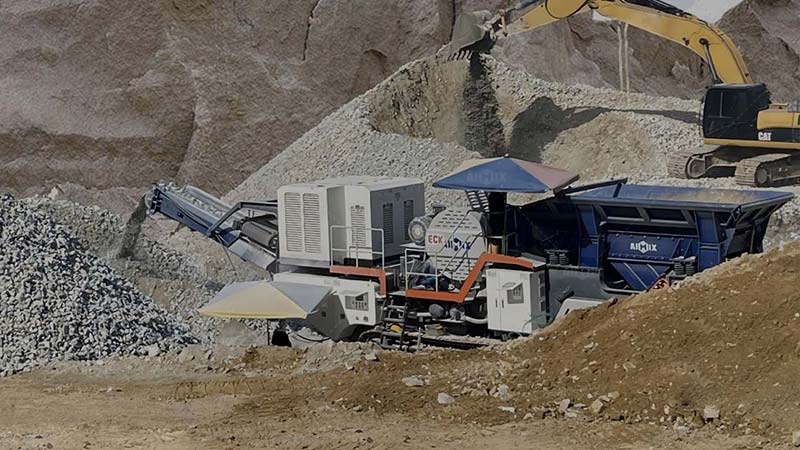Establishing a granite crusher plant represents a significant investment that demands meticulous preparation to ensure operational efficiency and financial viability. The journey from quarry development to aggregate production involves numerous technical, regulatory, and operational considerations that must be addressed systematically. Proper planning during the pre-launch phase not only prevents costly operational disruptions but also positions the operation for long-term profitability and environmental compliance.
The unique characteristics of granite—with its high hardness, abrasiveness, and variable geological properties—require specialized approaches to crushing plant design and operation. Unlike softer materials, granite demands robust equipment configurations and careful processing strategies to achieve desired product gradations while managing wear costs and energy consumption. Success hinges on integrating geological understanding, mechanical efficiency, and market awareness into a cohesive operational plan.
Thorough Geological and Market Assessment
Comprehensive core sampling and reserve analysis form the foundation of any successful crushing operation. Detailed geological surveys should determine not just the volume of available granite but its compressive strength, abrasion index, and chemical composition. These characteristics directly influence crusher selection, liner specifications, and processing parameters. Simultaneously, market analysis must identify potential customers’ precise requirements for aggregate gradation, shape characteristics, and material properties to ensure the plant produces saleable products.

Understanding the competitive landscape and transportation economics proves equally crucial. The plant design should optimize for products with the highest market value in your region, whether that’s base materials, asphalt aggregates, or specialized railway ballast. Distribution logistics significantly impact profitability, so the plant layout must accommodate efficient loading and dispatch operations while maintaining flexibility to adapt to changing market demands over the facility’s operational lifespan.
Strategic Equipment Selection and Plant Design
Selecting appropriate crushing technology involves balancing initial investment against operational costs and product requirements. Mobile jaw crushers typically handle primary reduction of granite, while cone crushers provide secondary crushing with better particle shape control. For finer products, vertical shaft impactors may be necessary to achieve the required cubical shape. Each equipment choice affects overall plant efficiency, with considerations for energy consumption, maintenance requirements, and flexibility to process varying feed materials.
Plant layout deserves particular attention for granite operations due to the material’s abrasiveness. Well-designed material flow reduces transfer points where wear occurs and dust gets generated. Adequate space around crushers facilitates maintenance access, while proper feeder and bin design prevents bridging and ensures consistent feed rates. The most successful plants incorporate flexibility for future expansion or process modifications as market conditions evolve.
Regulatory Compliance and Environmental Planning
Navigating the regulatory landscape requires early engagement with relevant authorities regarding zoning, air quality permits, water management, and operational licenses. Granite crushing operations typically require environmental impact assessments, noise management plans, and dust control strategies approved before operations commence. Community consultation processes often form part of this regulatory framework, making transparent communication with local stakeholders an essential preparatory step.

Environmental stewardship extends beyond compliance to encompass sustainable operational practices. Modern plants incorporate water spray systems, dust collection equipment, and noise attenuation measures as standard features. Many operations now implement biodiversity management plans that include habitat restoration and monitoring programs. These environmental protections not only satisfy regulatory requirements but also build community goodwill and ensure long-term operational stability.
Operational Readiness and Workforce Development
Developing comprehensive maintenance protocols before startup prevents premature equipment failure and ensures optimal performance. Granite’s abrasiveness demands rigorous wear part management, with detailed schedules for liner changes, bearing inspections, and lubrication routines. Inventory systems for critical spares should be established, with supplier relationships solidified to minimize downtime when replacements become necessary.
Workforce development begins long before the first ton gets processed. Technical staff require training on specific equipment, while operators need thorough understanding of the entire production process. Safety protocols must be developed and drilled, with emergency procedures established for all foreseeable scenarios. The most successful operations invest in continuous training programs that develop internal expertise and create advancement opportunities for personnel, fostering a culture of operational excellence from the very beginning.
The preparatory phase for a granite crusher machine plant demands meticulous attention to numerous interconnected factors. By addressing geological, technical, regulatory, and human resource considerations systematically, operators can avoid common pitfalls and establish operations that deliver consistent product quality, operational reliability, and environmental responsibility. The time invested in thorough preparation ultimately determines whether a crushing operation becomes a financial burden or a profitable, sustainable enterprise.

Comments
No comments yet. Be the first to react!